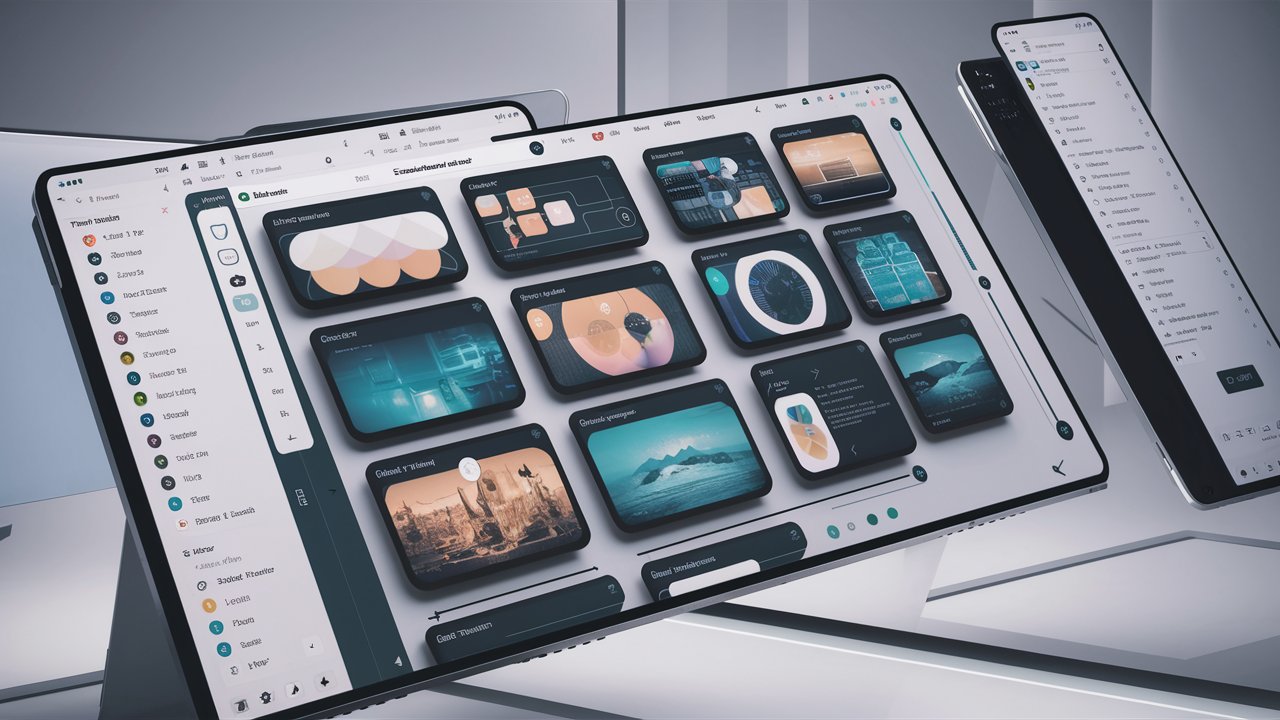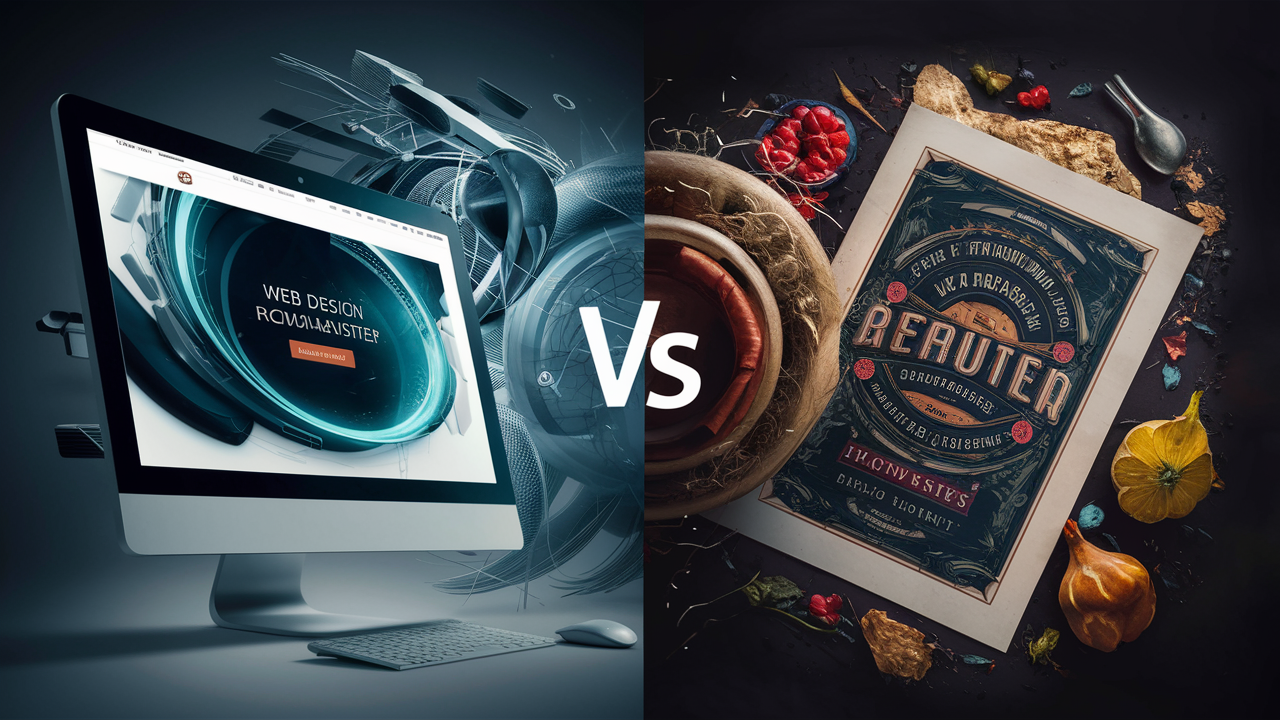Product validation is a pivotal step in the product development process, ensuring that the product specifications (PRD) align with creating a viable and successful product. Traditionally viewed as an expensive and challenging process, the accessibility of product validation has increased due to reduced costs in creating effective prototypes and simulations for various products. Despite this, some product teams still overlook this critical step.
The very first step in any project is to understand the main product business goals. What kind of problems is this product trying to solve? Who is the client? What are any possible technical constraints?
Unfortunately, many websites may not be considered usable as they turn off a lot of potential customers just because it's hard to find a menu or a product price list, or to navigate through different sections. These seemingly insignificant flaws sometimes turn out to be really critical, especially for small businesses, and have no right to remain unfixed. It's great if you have worked hard on functionality, but what's the use of it if no one will like to work with the site because it's inconvenient or unattractive?
As there are rules in every type of production, there are rules in developing websites. When you are publishing a book, you wouldn’t put its title on the back cover and print pages backward (unless your culture tells you so). There is a certain set of rules in website development, which were created to help a visitor interact with your project in the most efficient way. It is called usability.
As a former web designer, I've often observed the challenges faced by immensely talented print artists when transitioning their skills to web design. The distinct differences in technology, human-computer interaction, usability, and various other factors make the shift from print to web design a nuanced and sometimes challenging endeavor.






